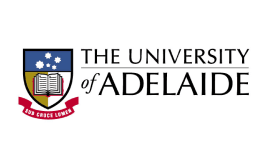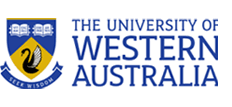Protecting biodiversity is up to all of us.
We’re working with experts, communities, Traditional Owners, farmers, government and industries to solve Australia’s biodiversity crisis. And that includes you.
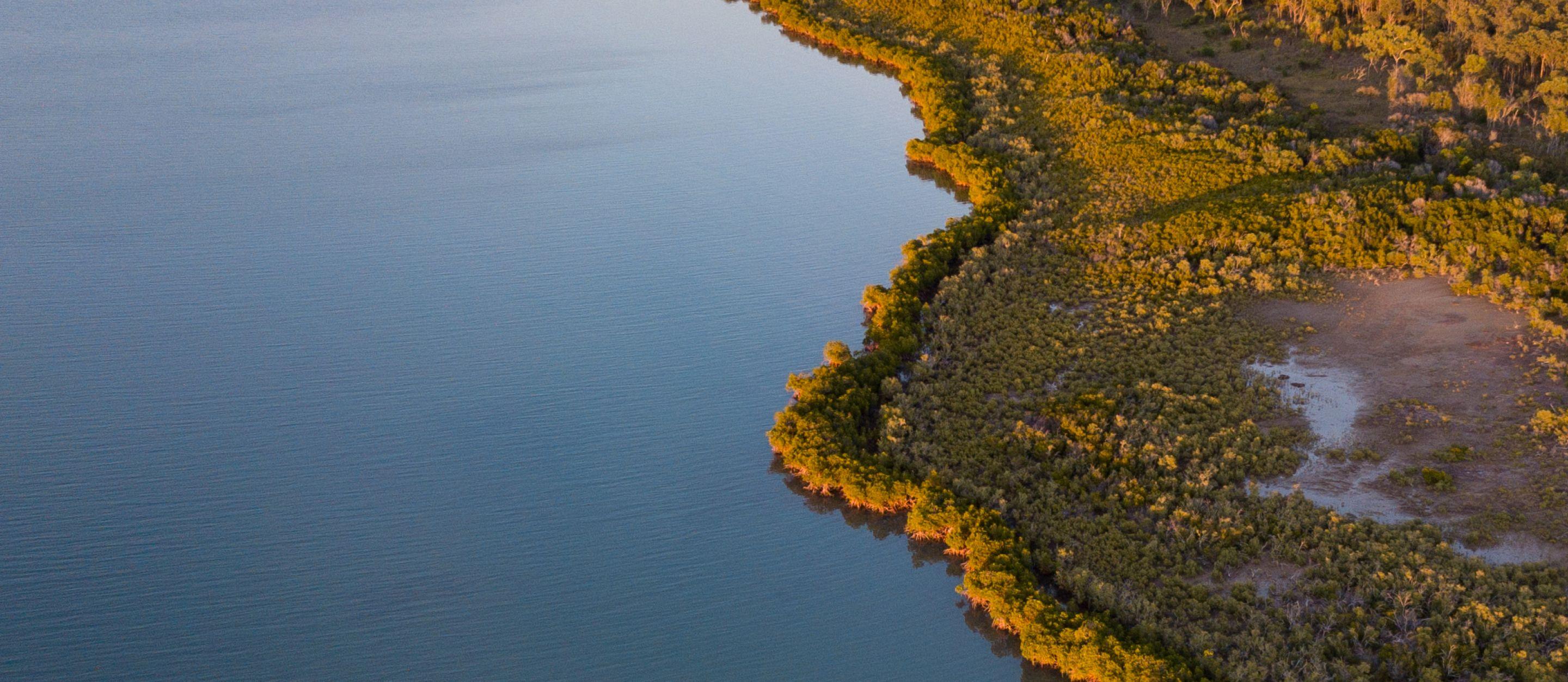
Why Australia needs a Biodiversity Council
Listen to Professors Brendan Wintle, Sarah Bekessy and John Thwaites talk about Australia's biodiversity challenge and why they are excited to be part of the Biodiversity Council.
Australia’s biodiversity is recognised and valued nationally and globally as a priceless heritage, a foundation for our life and a defining feature of our country, and its future is recovered or secured
Make a difference
All of our work is funded through the generous contributions of our donors and partners. To continue to grow we need ongoing funding. Please donate today through our host, the University of Melbourne.

Latest News
 Latest NSW State of the Environment report paints bleak picture, here’s what’s needed to change that.Read More
Latest NSW State of the Environment report paints bleak picture, here’s what’s needed to change that.Read More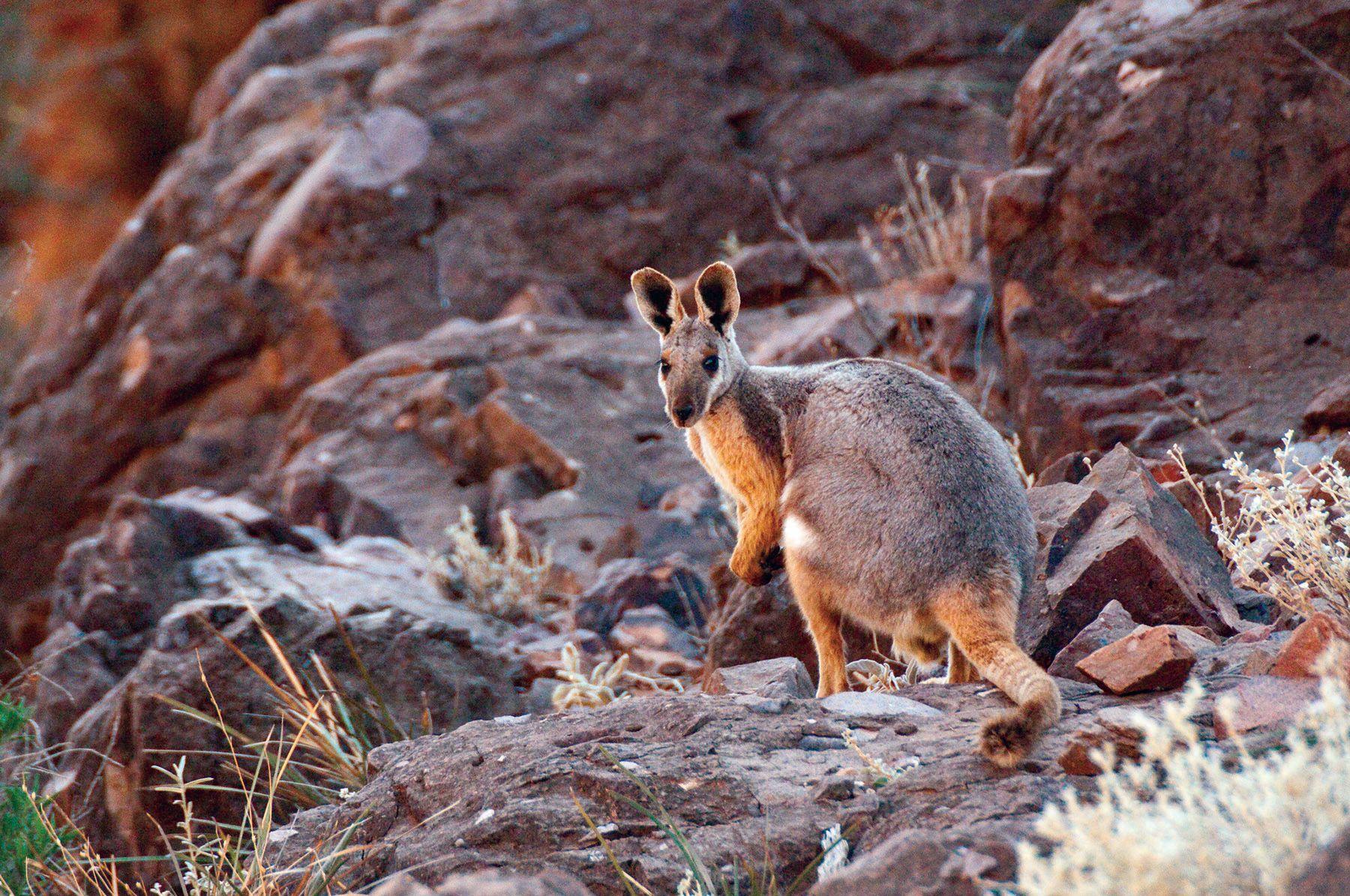 Experts commend new South Australian Biodiversity Act and flag important next stepsRead More
Experts commend new South Australian Biodiversity Act and flag important next stepsRead More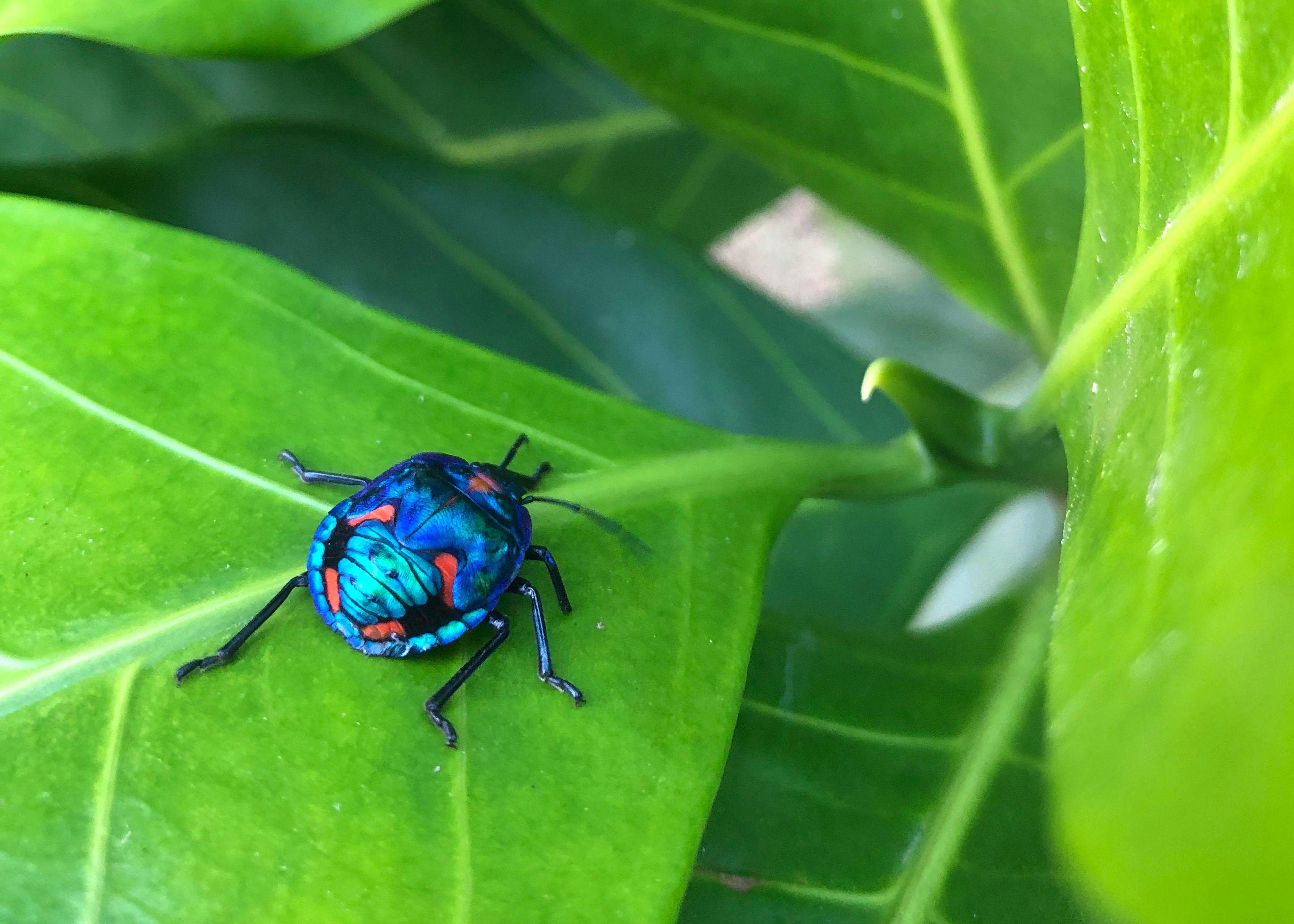 Scientists call on public to help save insects and other invertebratesRead More
Scientists call on public to help save insects and other invertebratesRead More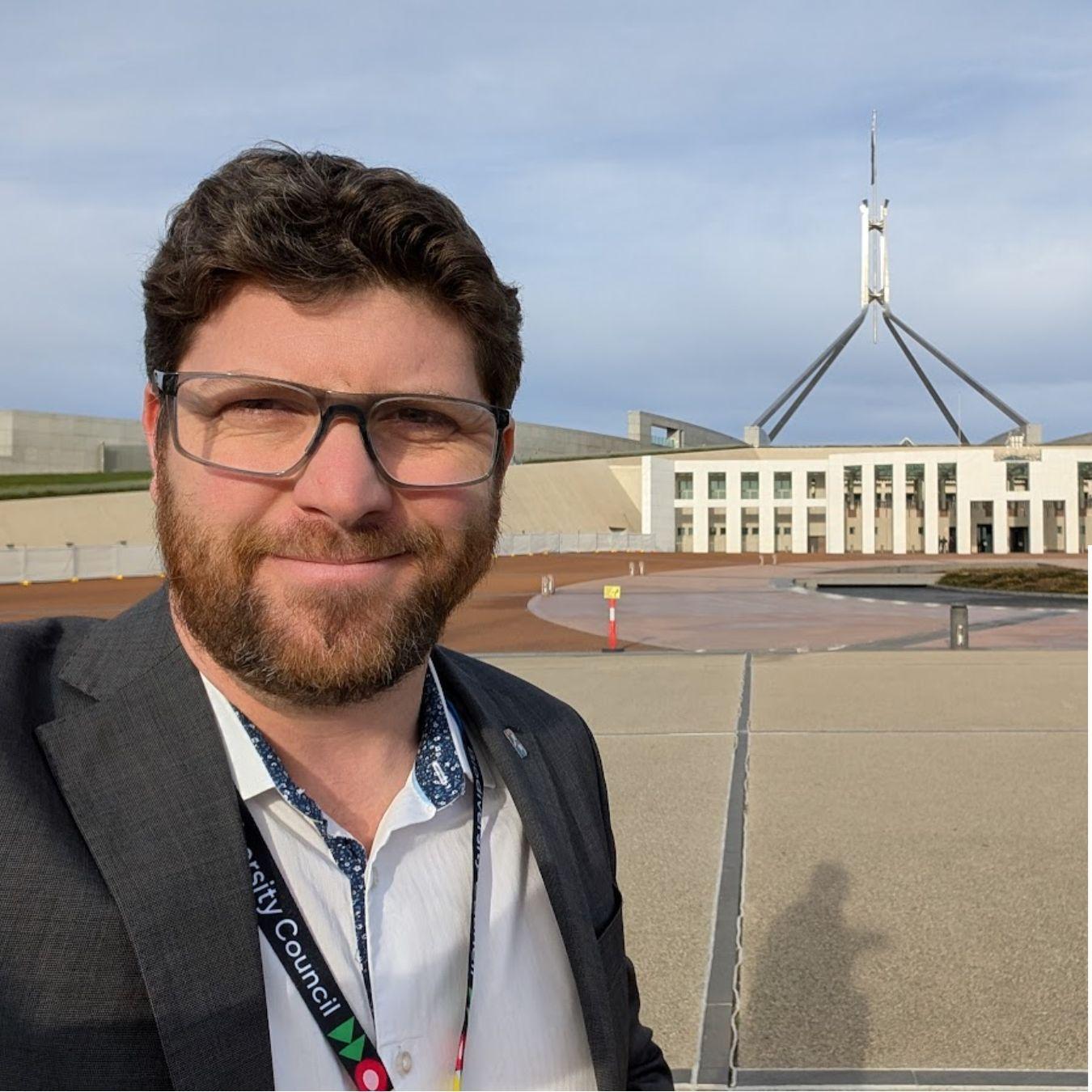 Roundtable restarts environmental law reform consultationRead More
Roundtable restarts environmental law reform consultationRead MoreLatest Resources
 ReportDelivering houses and saving dragons: Overcoming government policy and implementation failures to ensure the survival of the Victorian grassland earless dragon Download
ReportDelivering houses and saving dragons: Overcoming government policy and implementation failures to ensure the survival of the Victorian grassland earless dragon Download SubmissionSubmission to the Review of the NSW Companion Animals Laws discussion paperDownload
SubmissionSubmission to the Review of the NSW Companion Animals Laws discussion paperDownload SubmissionAre cats important to farm operations to protect equipment from rodents? QoN for the inquiry into the management of cat populations in New South WalesDownload
SubmissionAre cats important to farm operations to protect equipment from rodents? QoN for the inquiry into the management of cat populations in New South WalesDownload FactsheetBuild your own bee hotelDownload
FactsheetBuild your own bee hotelDownload







